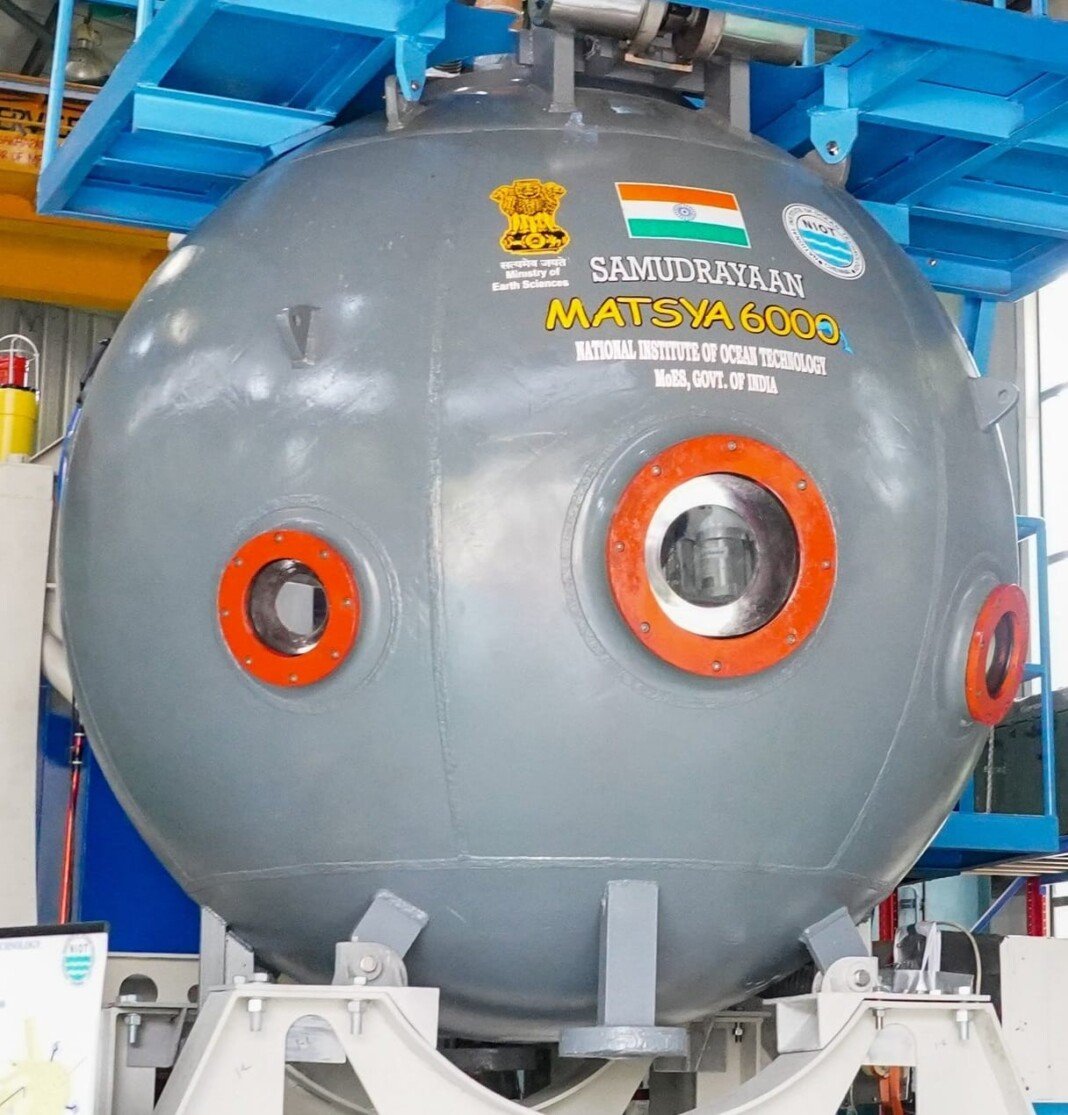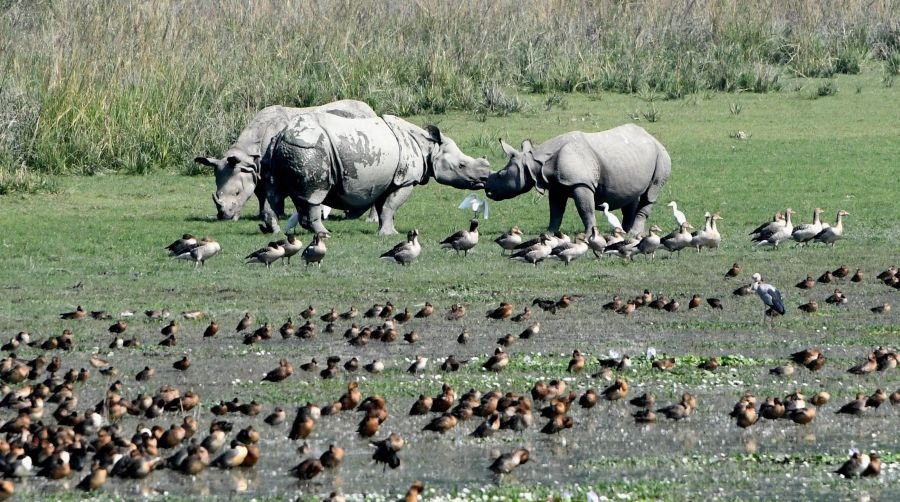By: Shashanka Das
India’s Samudrayaan Mission is set to make history as the nation’s first manned deep-sea exploration initiative. With its objective of diving to the ocean’s depths and studying its resources and biodiversity, this mission is a significant step forward for India’s scientific and technological prowess.
The mission involves sending three Oceanauts, also known as humans, to explore the ocean at a depth of 6,000 meters using the indigenous Matsya 6000 submersible. This submersible, developed by the National Institute of Ocean Technology (NIOT) in Chennai under the Ministry of Earth Sciences, is specifically designed for deep-sea exploration. It features multiple payloads and can carry the Oceanauts during the mission.
One of the main goals of the Samudrayaan mission is to study precious metals and minerals such as cobalt, nickel, and manganese. These resources are found in abundance at great depths, and understanding their distribution and availability is crucial for India’s strategic planning. Additionally, the mission aims to conduct a biodiversity assessment, further expanding our knowledge of the ocean’s vast ecosystem.
The approved cost for the Samudrayaan mission for the period of 2021-2026 is a staggering Rs. 4,077 crore. Out of this total cost, Rs. 1,400 crore has been allocated, with Rs. 405.92 crore already disbursed and Rs. 225.35 crore already spent on the mission. This significant investment demonstrates the Indian government’s commitment to pushing the boundaries of scientific exploration and advancing our understanding of the ocean.
A major milestone in the mission was reached on September 12 when Union Minister Kiren Rijiju shared photos and videos of the Matsya 6000 submersible. This development marks a significant achievement for India and showcases the country’s technological advancements in deep-sea exploration.
The Matsya 6000 submersible’s capabilities are impressive. It can operate continuously for 12 hours, and in emergencies, it can extend operations for up to 96 hours. This endurance is essential for conducting in-depth research and collecting valuable data. The submersible successfully underwent a 600-meter deep trial near Chennai, further validating its capabilities for the Samudrayaan mission.
India’s Samudrayaan mission not only contributes to our understanding of the ocean’s resources and biodiversity but also highlights the country’s expertise in deep-sea exploration. This initiative puts India on the map of the global scientific community, enhancing its reputation as a leader in scientific research and technological advancements.
As the Samudrayaan mission progresses, it holds immense potential for scientific discoveries and breakthroughs. By delving into the depths of the ocean, India is poised to uncover invaluable information about our planet and contribute to our collective knowledge. This mission is a testament to India’s commitment to pushing boundaries, exploring the unknown, and striving towards scientific excellence. (The author can be reached at shashankadas0007@gmail.com )







